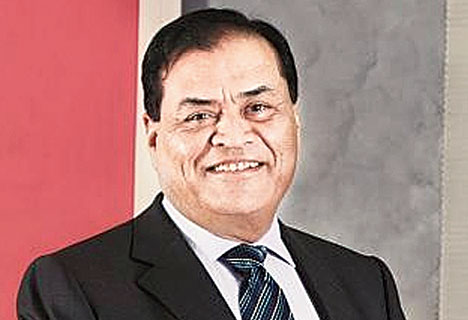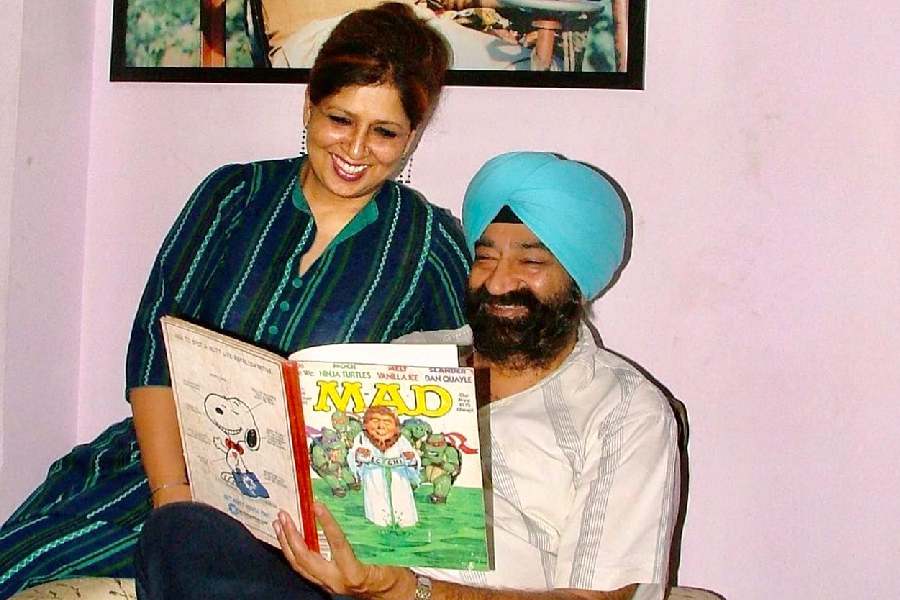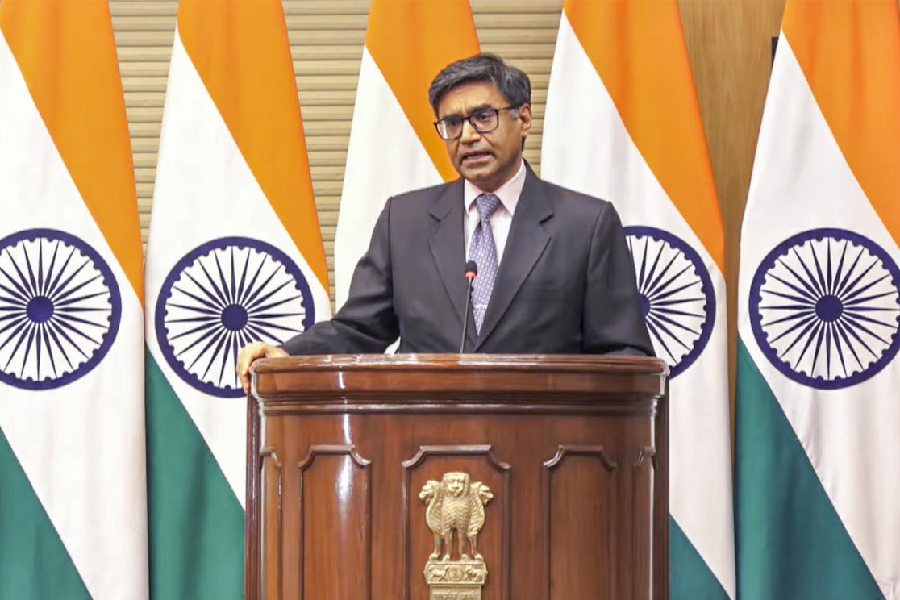
Calcutta: Graphite India Ltd (GIL), the third-largest maker of graphite electrodes globally, is building a "war chest".
The company, flagship of KK Bangur Group, has amassed over a thousand crore in cash reserves, enough to mount a takeover when an opportunity comes up.
"Graphite India is agile to any prospect that could come its way. We are keeping the war chest ready," chairman of the company, K. K. Bangur, said.
Backed by an unprecedented demand for graphite electrode and a tight supply, GIL's profit vaulted over ten-fold in the last fiscal. If the market behaves the way it did last fiscal, the company may fare even better this year.
In 2017, Showa Denko of Japan bought out SGL Carbon of Germany - both the companies were among the top-five makers of electrode - signalling further consolidation of an industry dominated by a small number of players.
The Calcutta-based company is aware that when the price of electrode, which mainly finds use in the electric arc furnace (EAF) to make steel, is at historic high, assets will not come cheap.
"Acquisition will have to make long-term sense. We will not be bogged down by the pressure to spend the cash on the books," Bangur said during a chat with The Telegraph after the announcement of the fourth-quarter results.
Graphite India took over a German manufacturer from insolvency in 2004 and within a year made good of the investment. After making losses for the last few years, the subsidiary returned to profit in 2017-18.
India is a major producer of graphite electrode, contributing 22 per cent to the global production. Apart from GIL, which has 98,000 tonne capacity, HEG is the other large producer from India, manufacturing 80,000 tonnes.
Despite the market for graphite electrode booming with China shutting down the polluting blast furnace and shifting the production to environment friendly EAF, a meaningful increase in capacity is not possible without the availability of needle coke, the raw material.
However, the production of needle coke, a by-product of crude oil refinery, is in short supply.
GrafTec is the only producer of graphite electrode which also produces needle coke.
Bangur said it might be a few years before more needle coke capacity comes on stream. "Without the raw material being available, it makes no sense to increase the capacity," Bangur explained.
According to him, the changes in graphite electrode market are structural in nature and not cyclical. China is going to add 51 million tonnes of steel production by the EAF mode in 2018.
Moreover, it closed down 200,000 tonnes of polluting electrode capacity in 2017. Put together, it has become a net importer in the market.
A recent report suggests that the market will witness a 4.7 per cent compounded annual growth rate. However, the demand for ultra high power electrode, used in EAF and produced by GIL, will outstrip other varieties.
"The global graphite electrode market is a technology-sensitive and capital-intensive market. It is oligopolistic in nature because of its capital-intensive character and, hence, the threat of new entrants is low," an industry observer said.
Hence, an opportunity to acquire new asset will be hard to come by, especially when the prices are very high. The seller, if any, will seek fancy prices. Still, opportunity may show up anytime, and as Bangur said, GIL would keep the powder dry if the gun has to fire.










